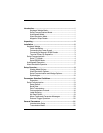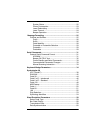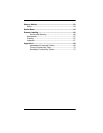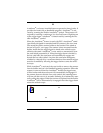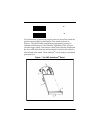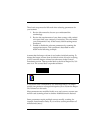
4 User’s / Programming Guide
Serial Communications
The PSC scanner provides the user with two different serial commu-
nications options: Serial TTL and Serial RS232 communications.
Serial TTL Mode
Serial TTL is a serial communications interface that uses TTL/CMOS
voltage levels ranging from 0 to 5 volts. The user can select a nor-
mally high (default setting) or normally low (inverted) voltage levels.
Serial TTL communications mode uses different cables than those
used in keyboard wedge applications. To configure the PSC scanner
in a Serial TTL mode, the user must have the appropriate cable with
the correct signal pinouts in order to interface the scanner to the host
terminal. To program the PSC for Serial TTL communications, the
user must first identify the serial communications parameters sup-
ported by the host terminal. Typical parameters are the baud rate,
parity and number of bits in the data word. These parameters are dis-
cussed in the section on Serial Communication Parameters. The PSC
scanner has the added versatility to enable the user to select the qui-
escent voltage levels for interfacing with terminals that require
inverted signals.
Serial RS232 Mode
The PSC scanner can also be used in an RS232 environment by con-
verting the serial TTL voltage levels to RS232 voltage levels. For this
installation, the user needs an optional cable, an adapter pod, and a
power supply.
When the PSC scanner is operated with the RS232 adapter pod, the
same serial communications parameters apply as those used in a
serial TTL environment. The only difference is that the RS232 adapter
pod inverts the polarity of all the signals passing through it. There-
fore, the user needs to program the scanner for serial communication,
normal polarity (symbol CA). RS232 levels are available only in full
continuous power mode.





